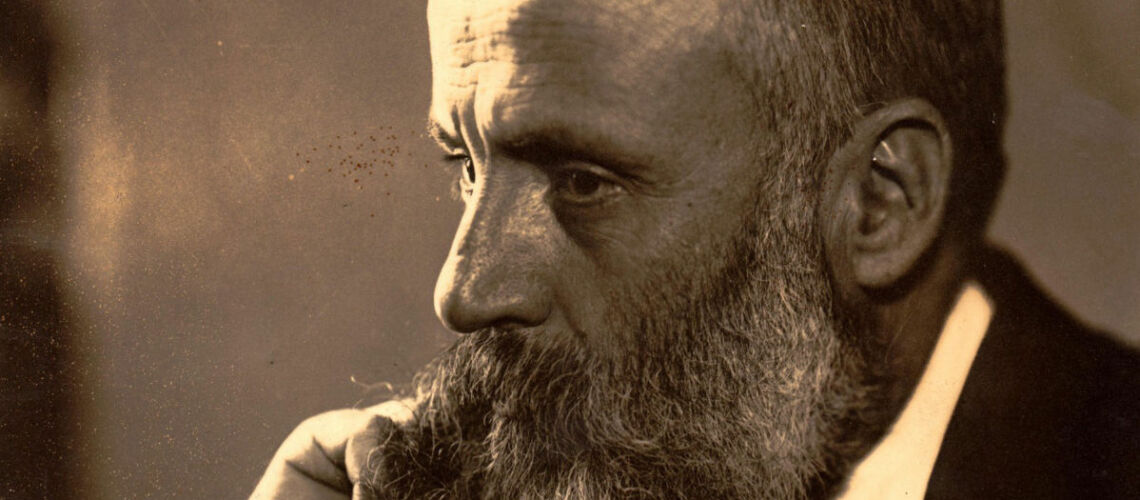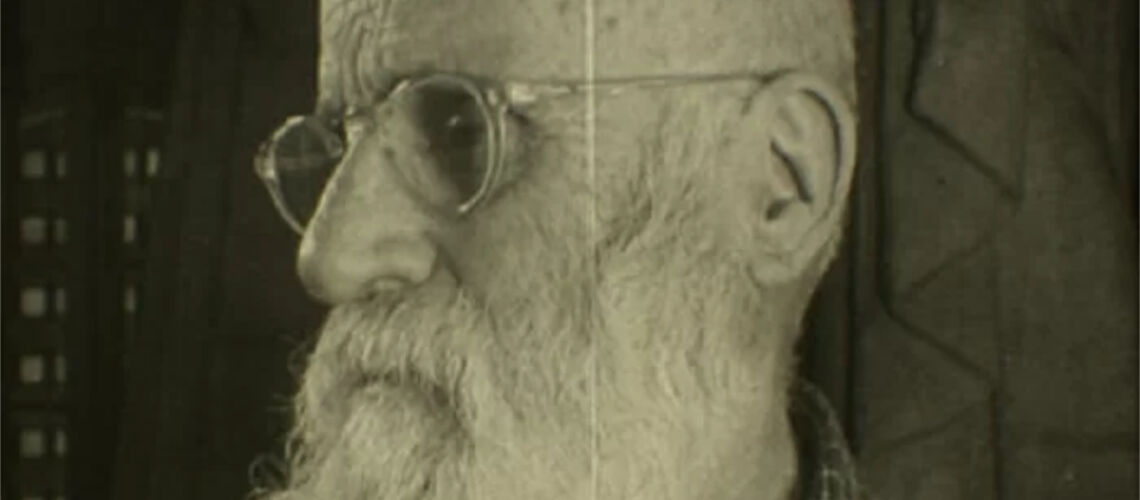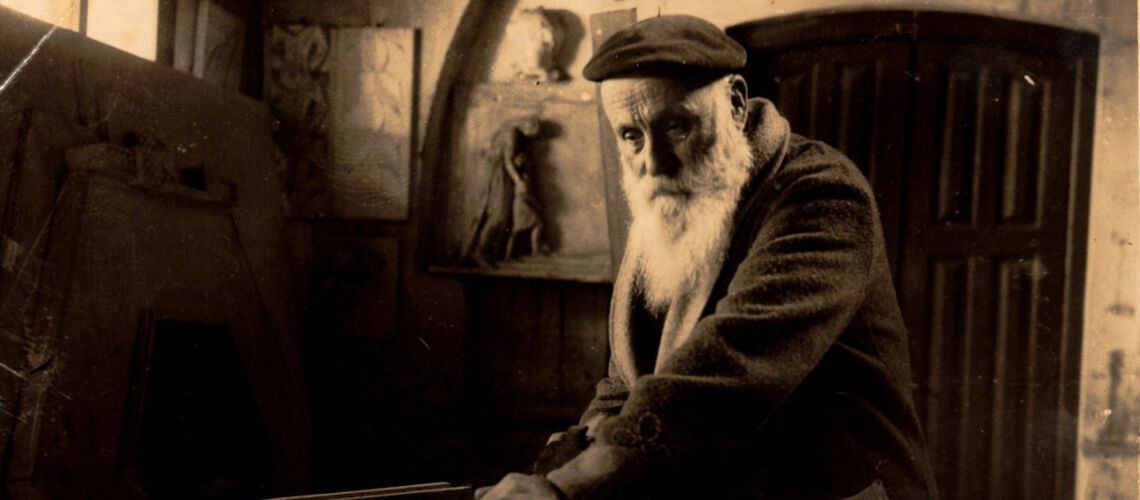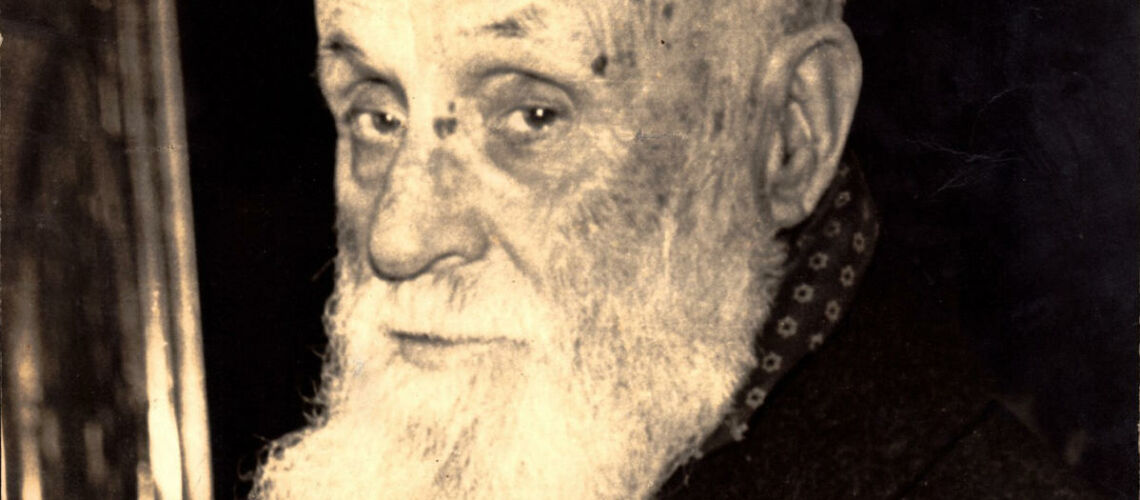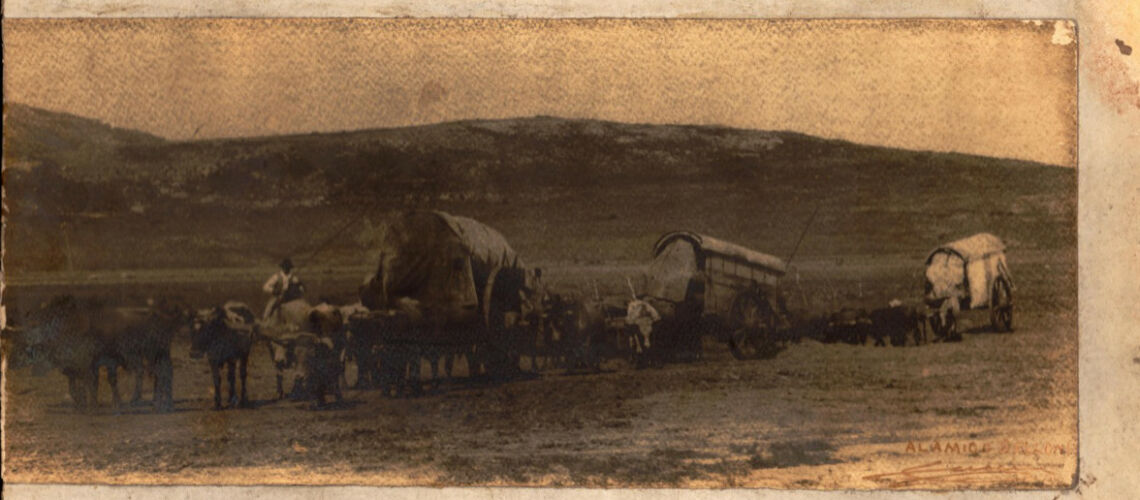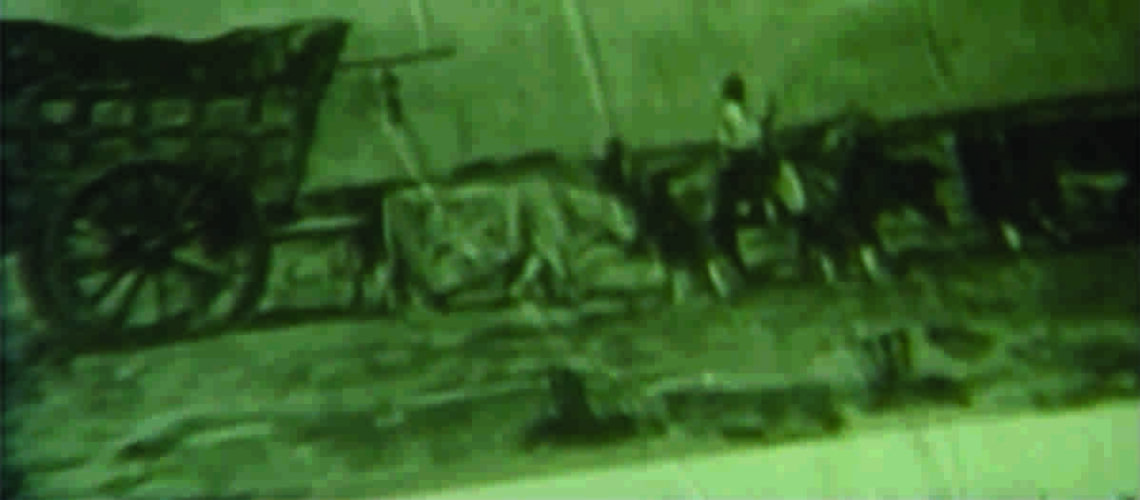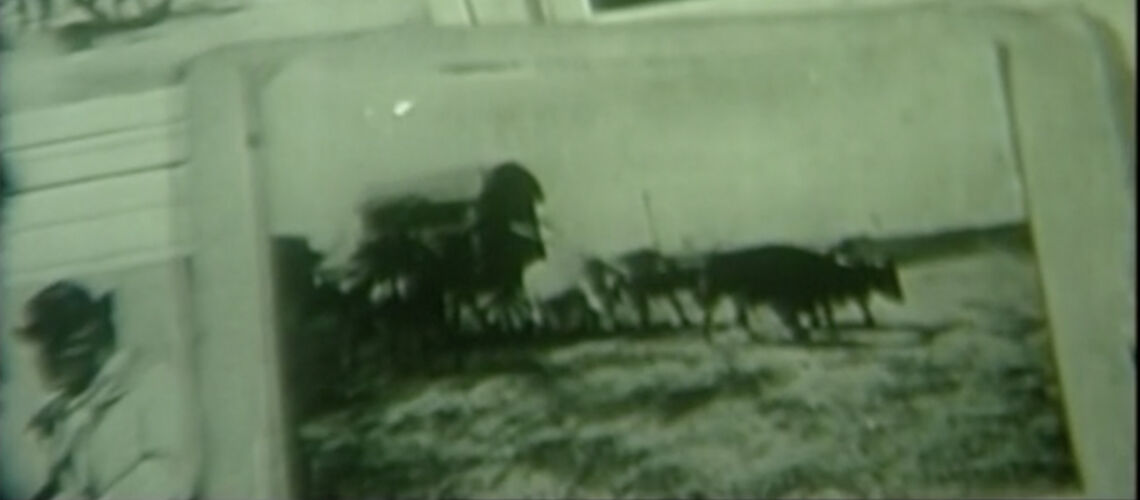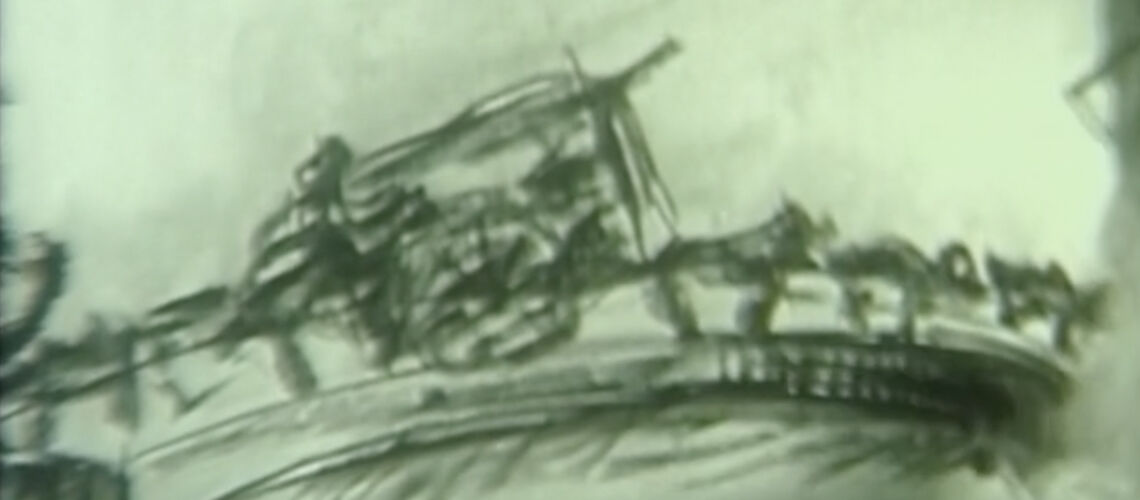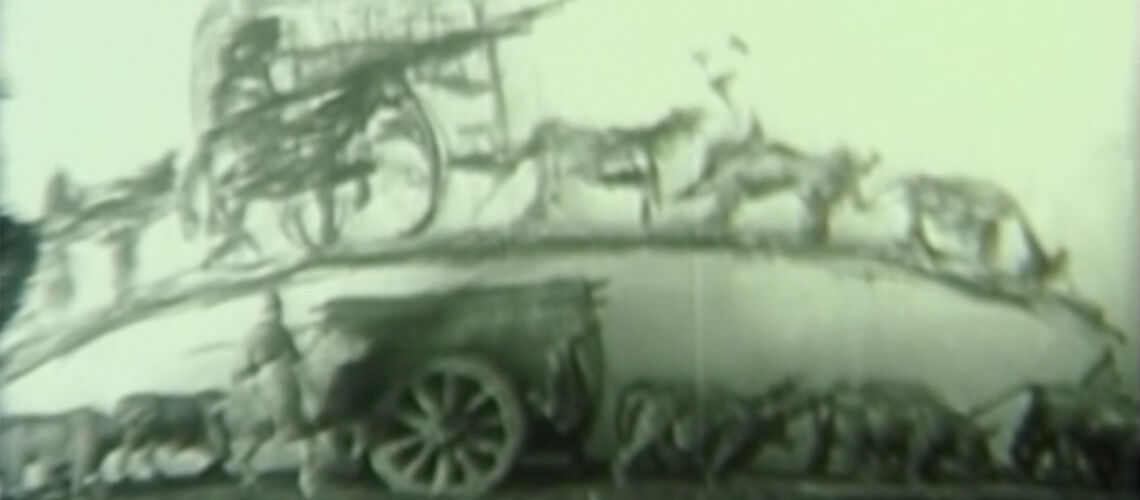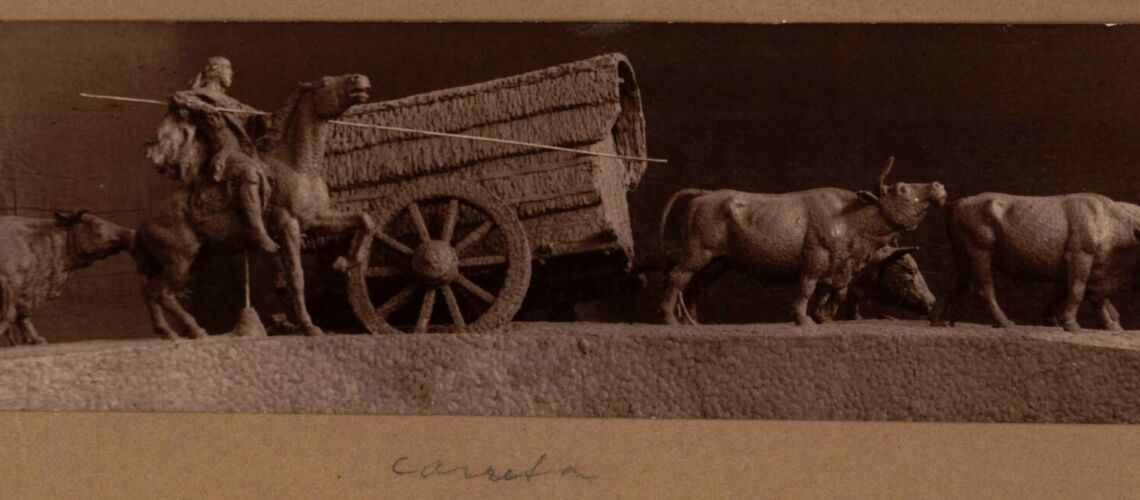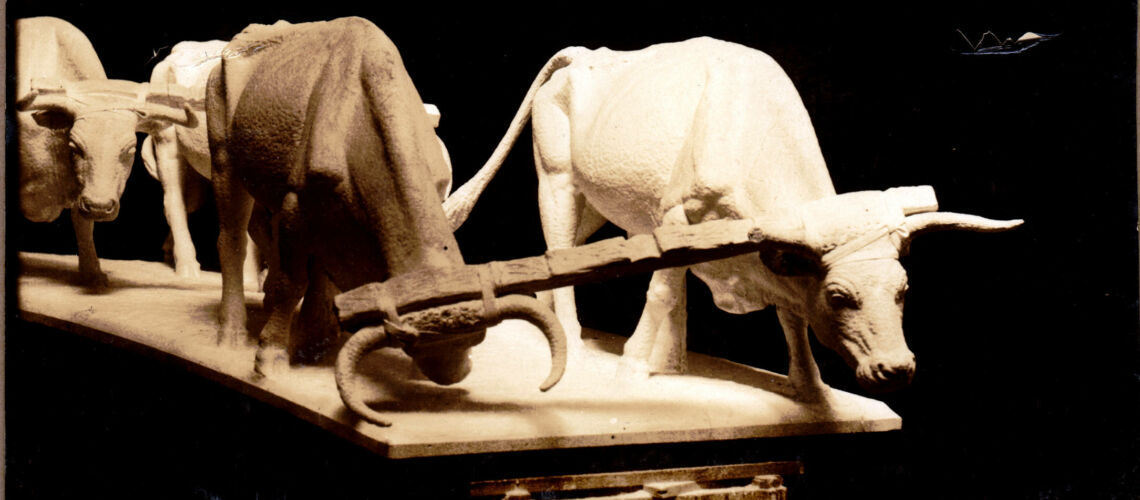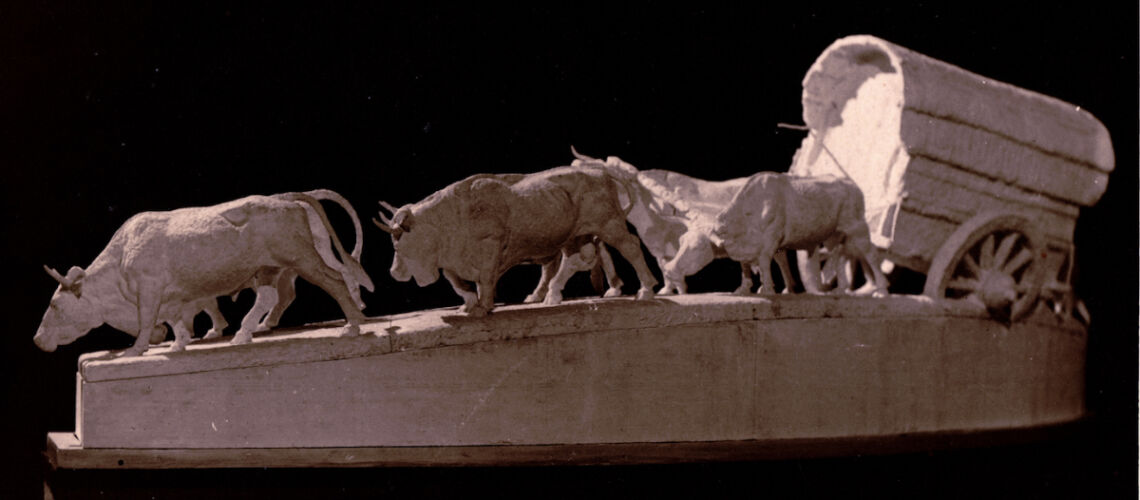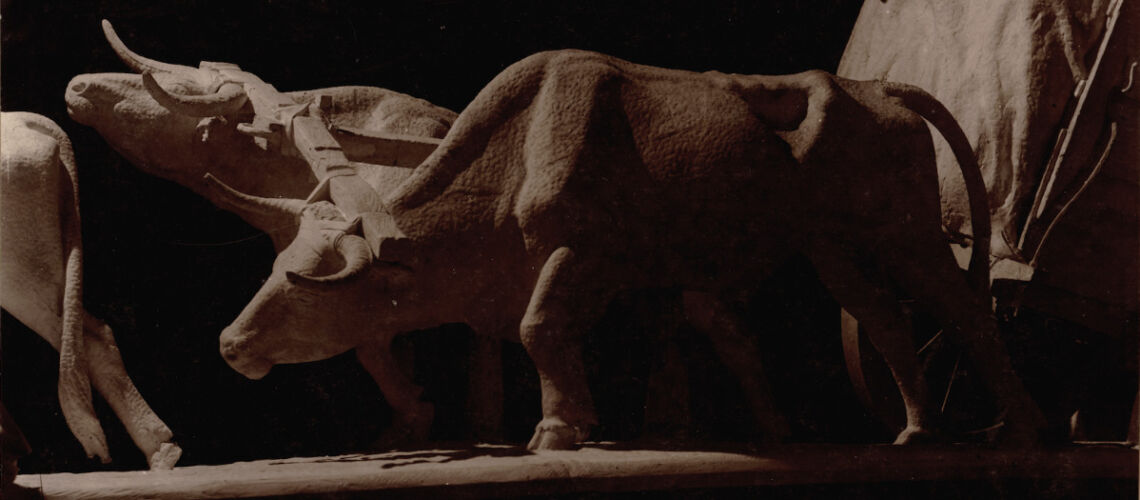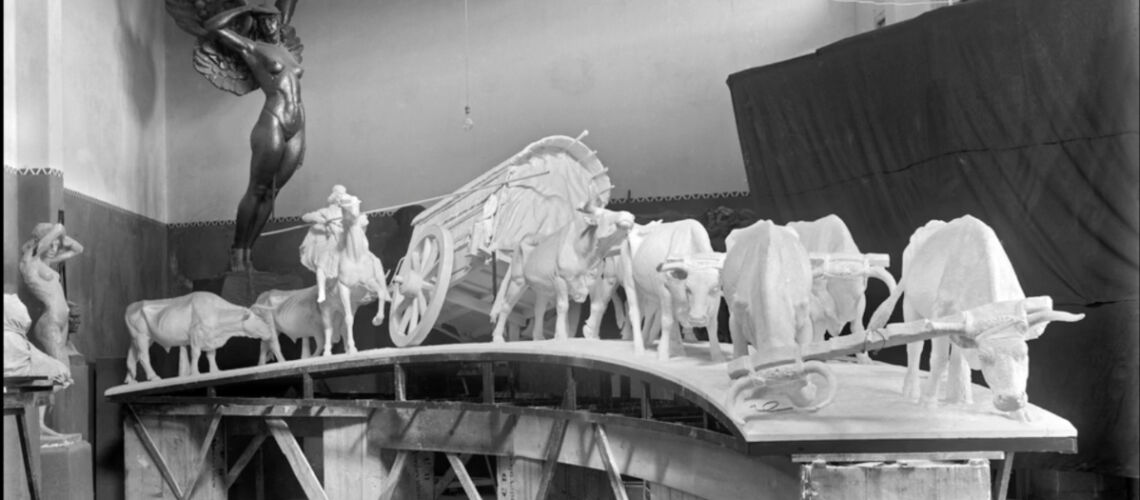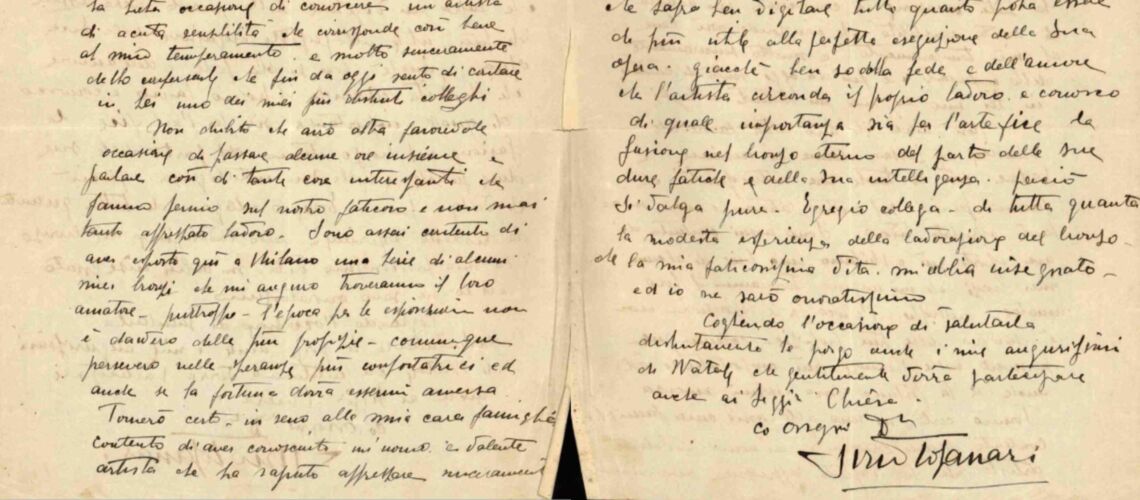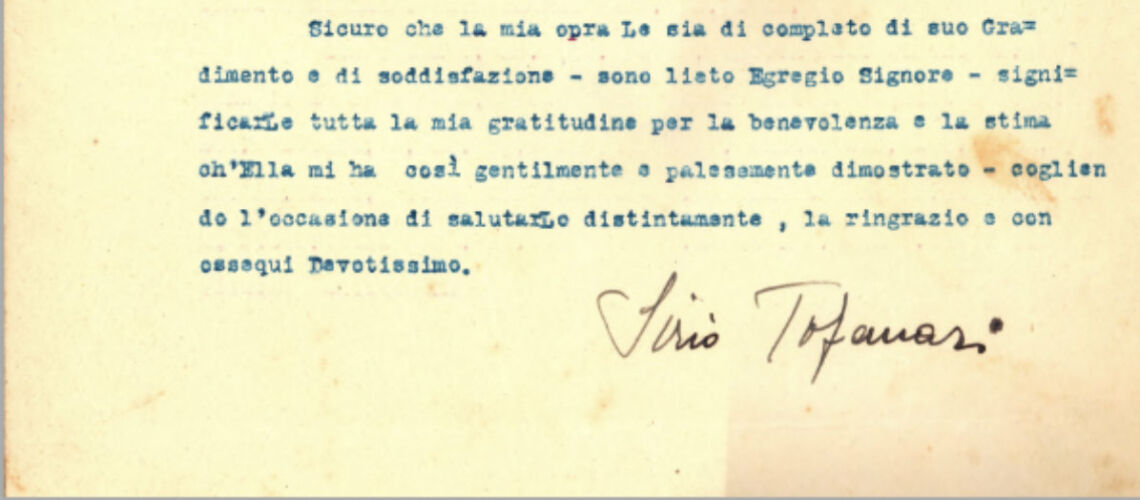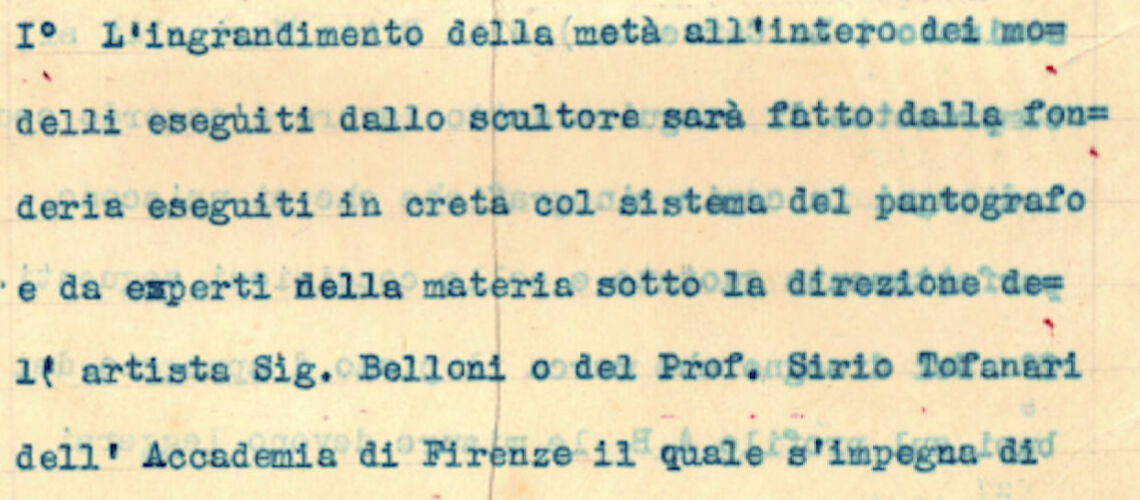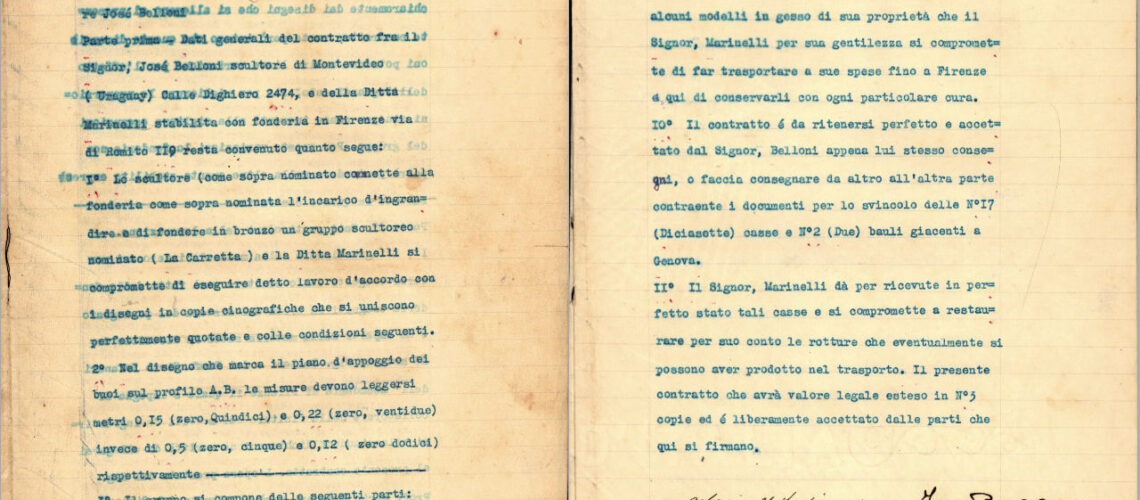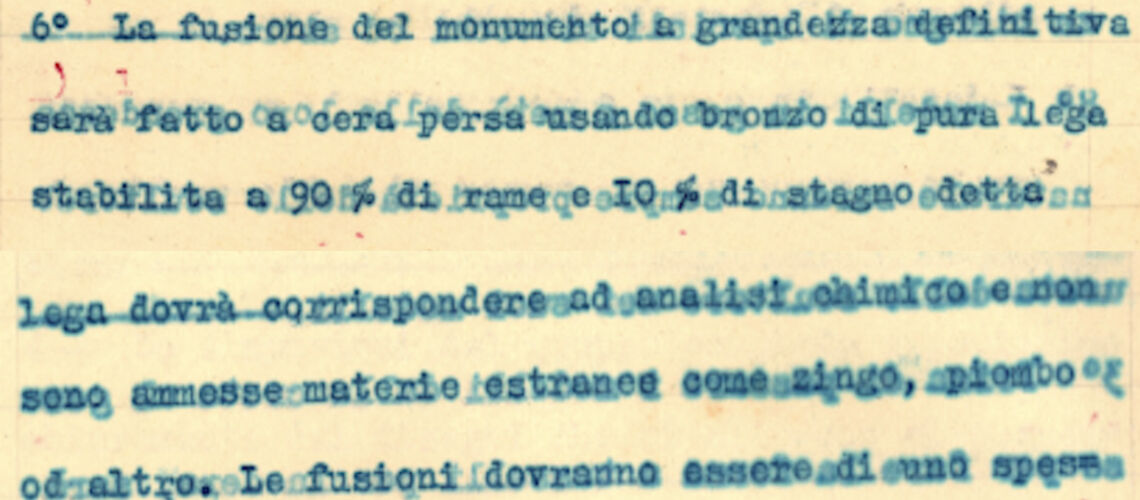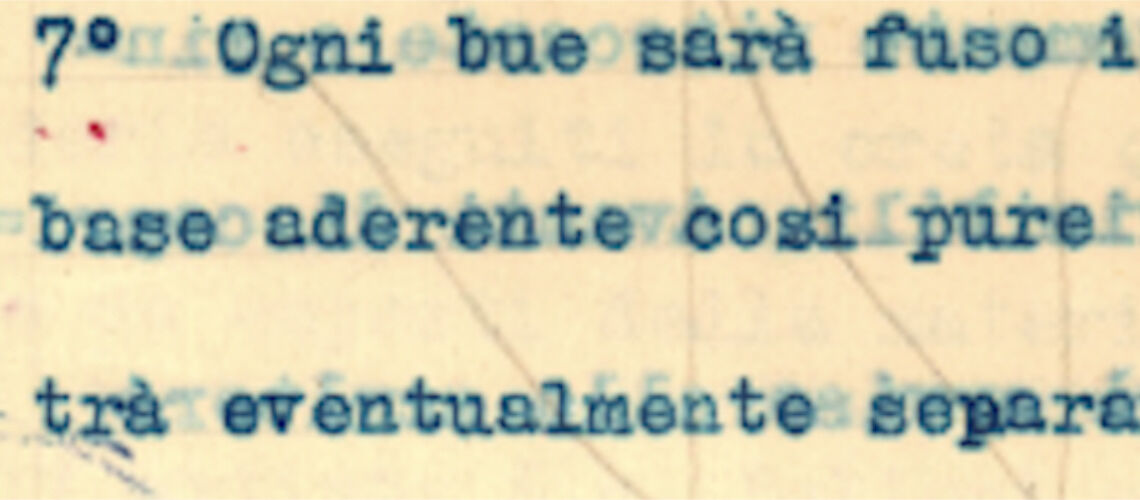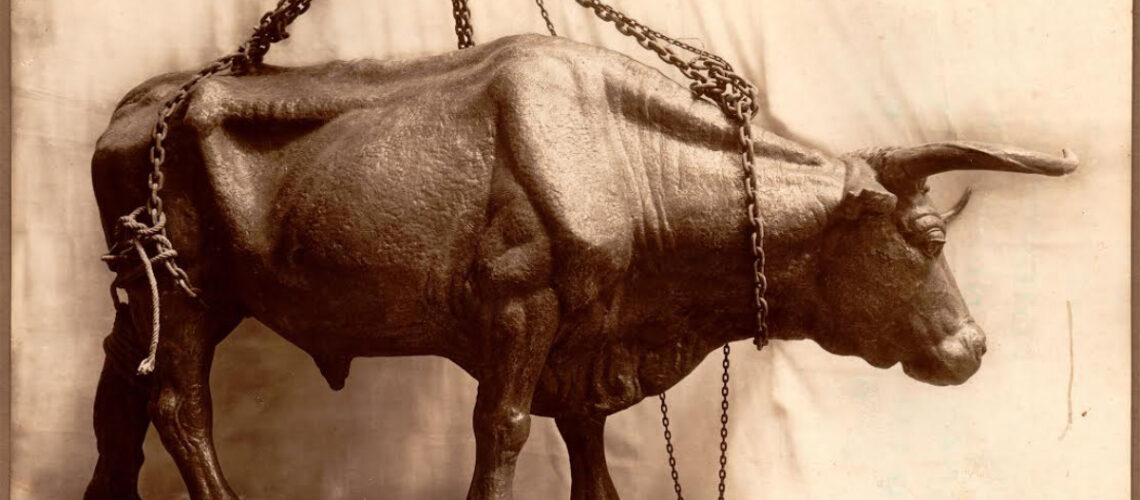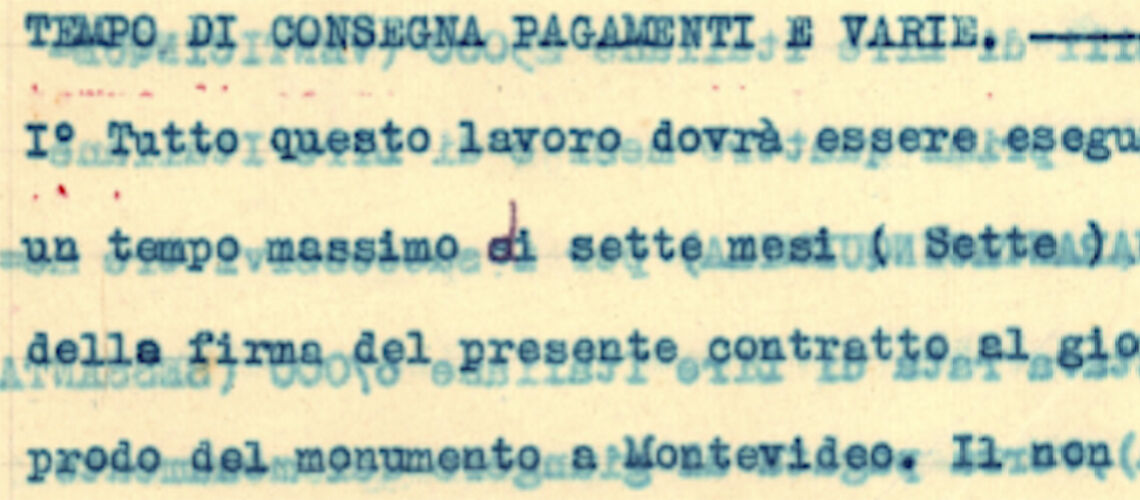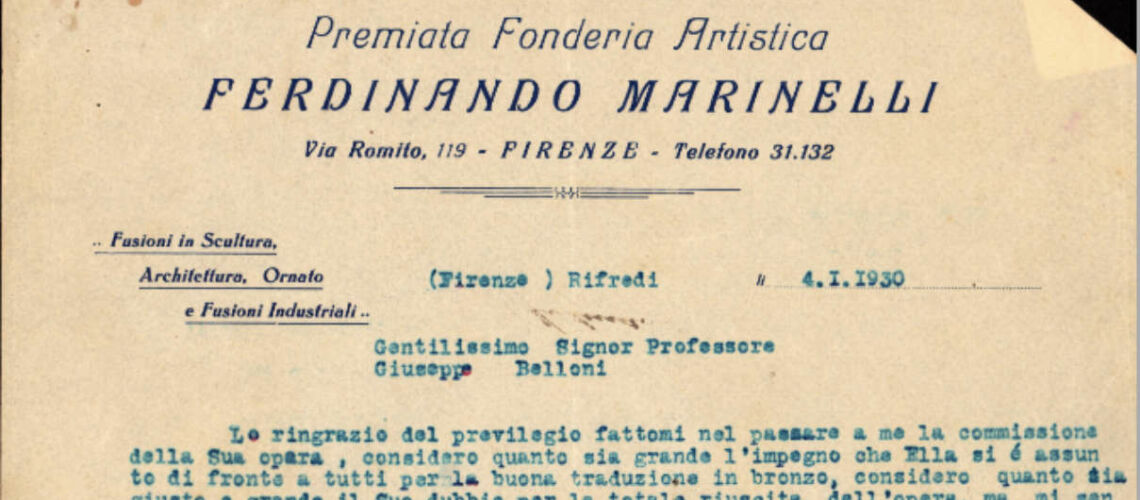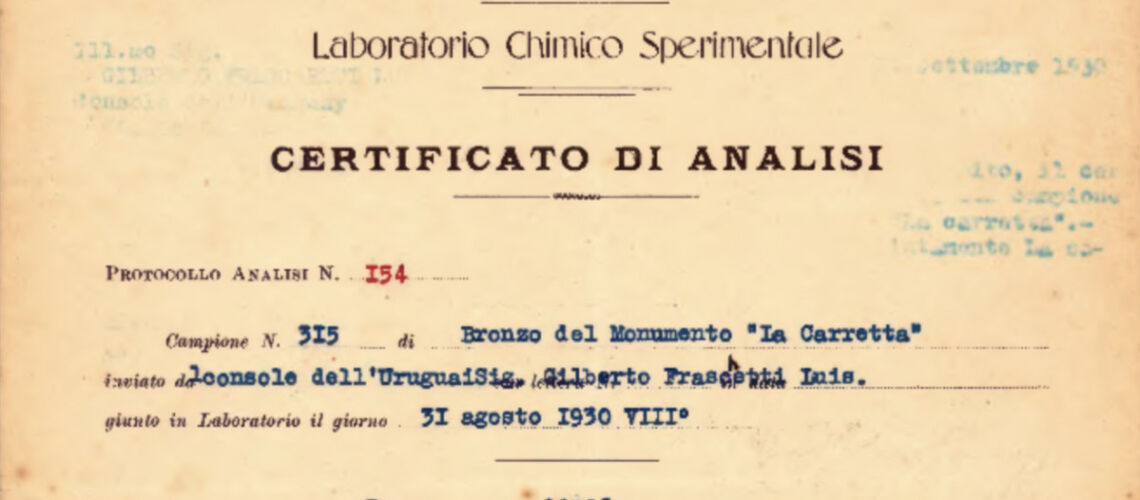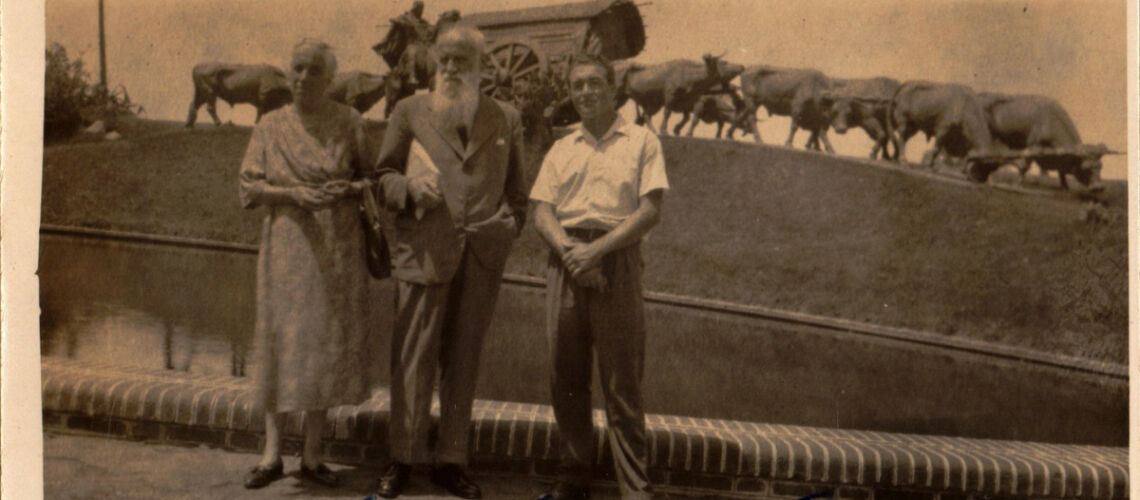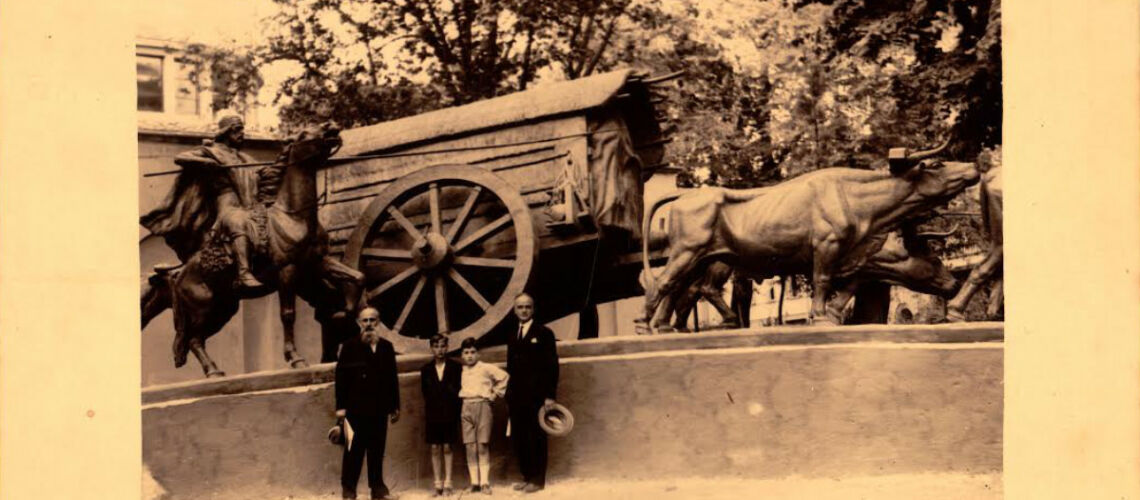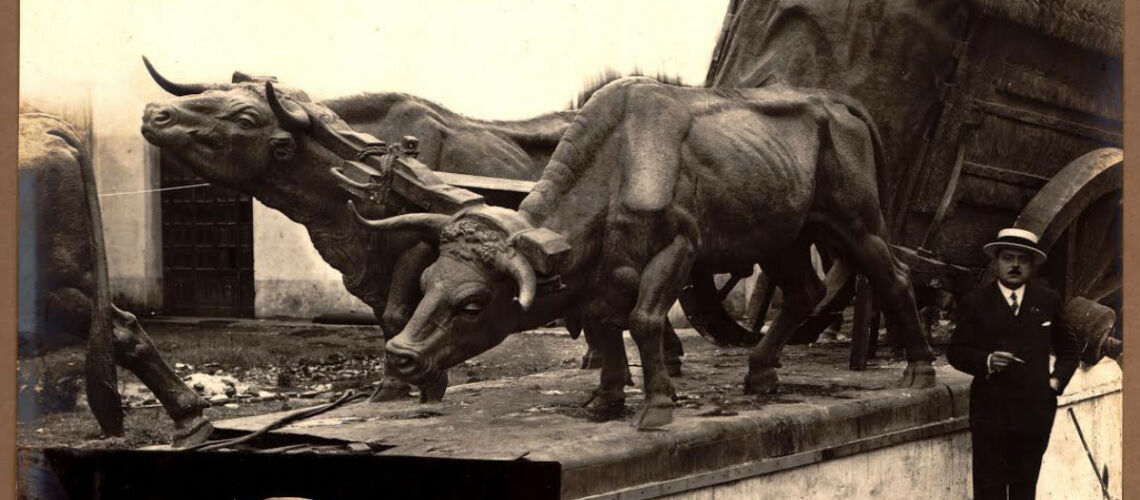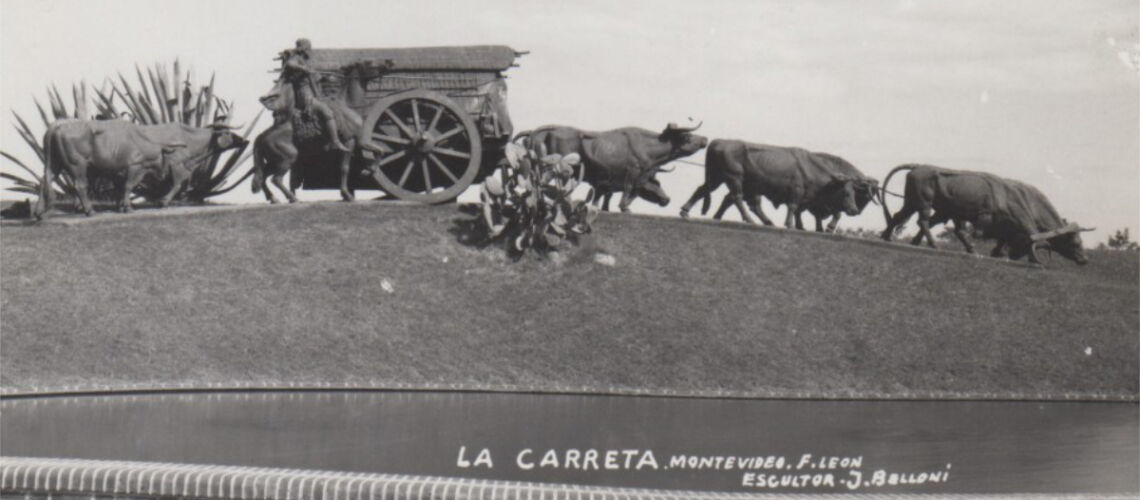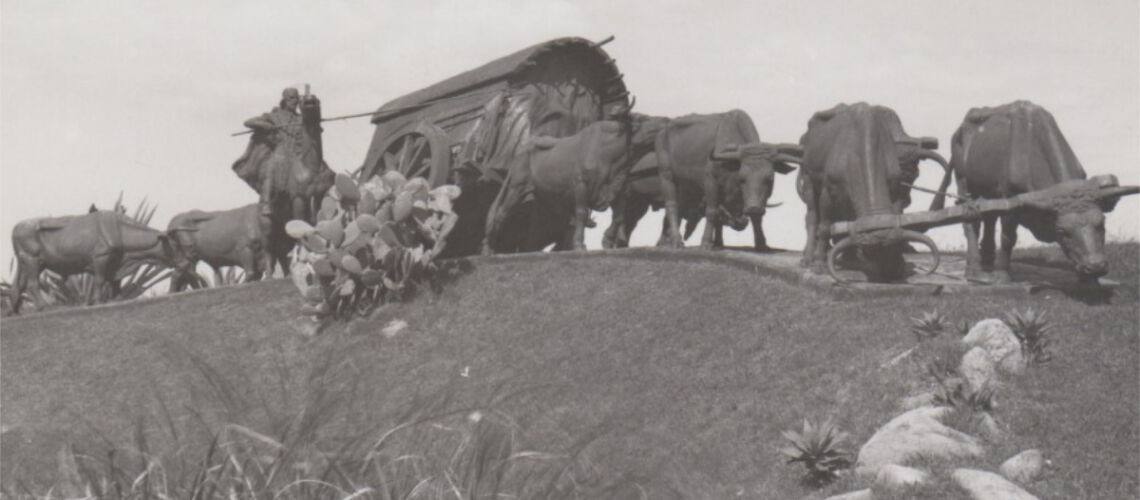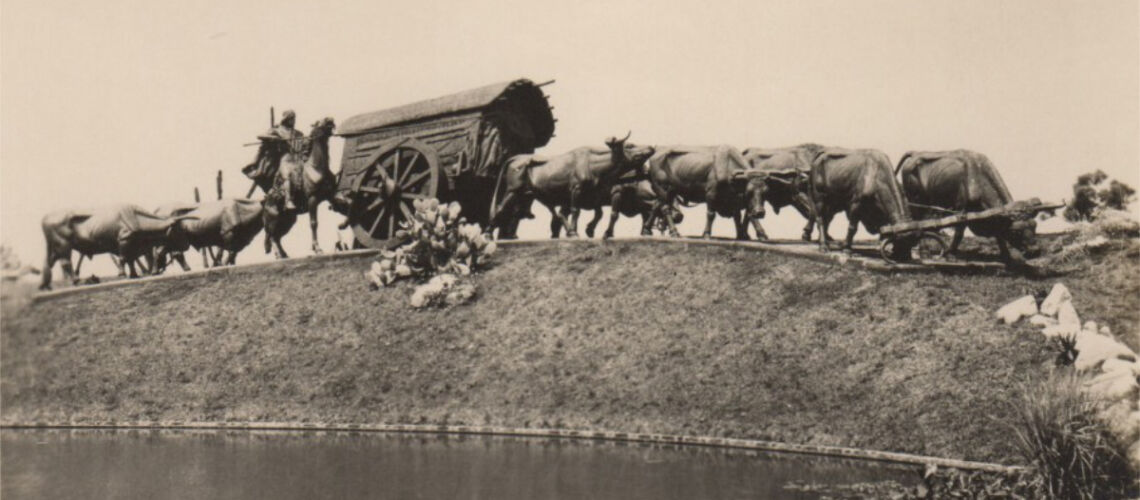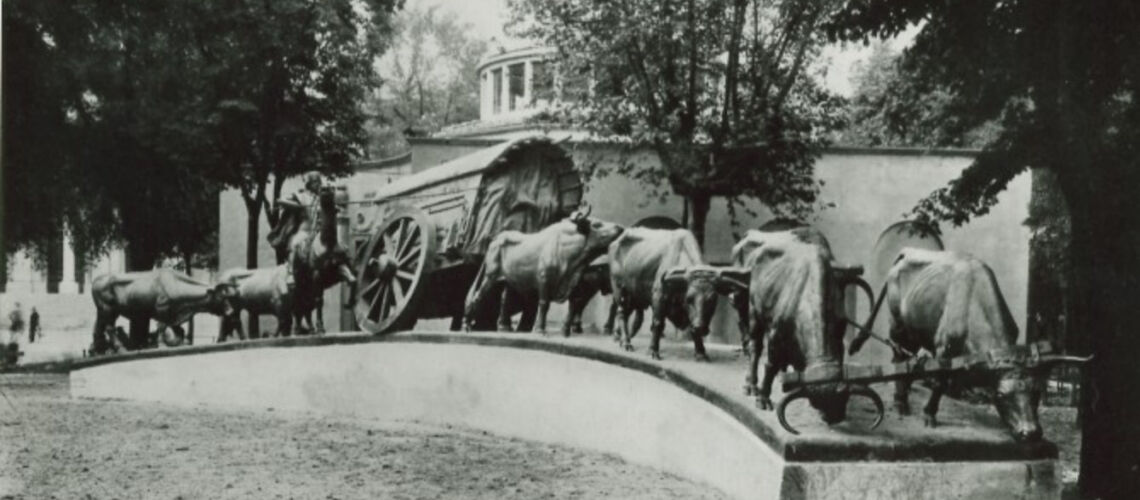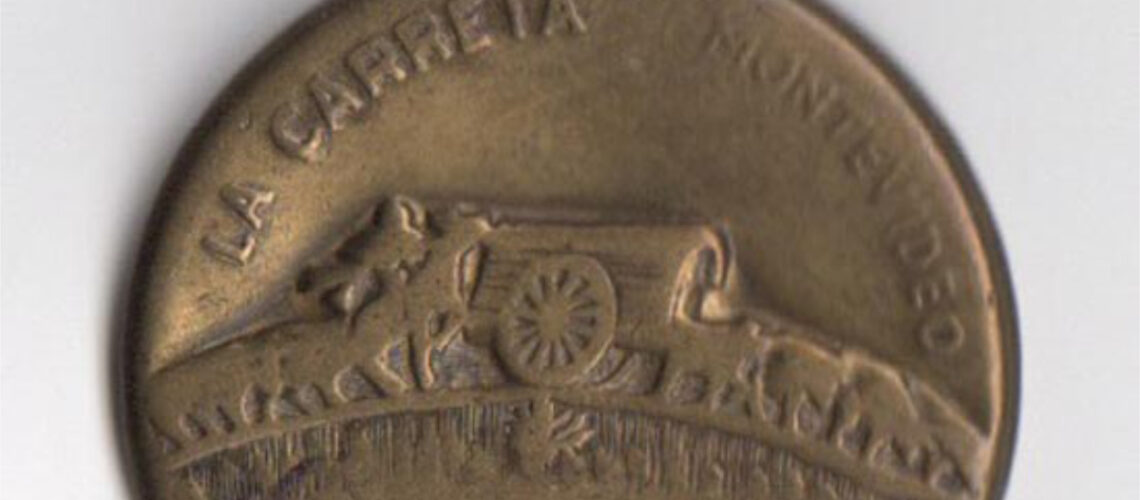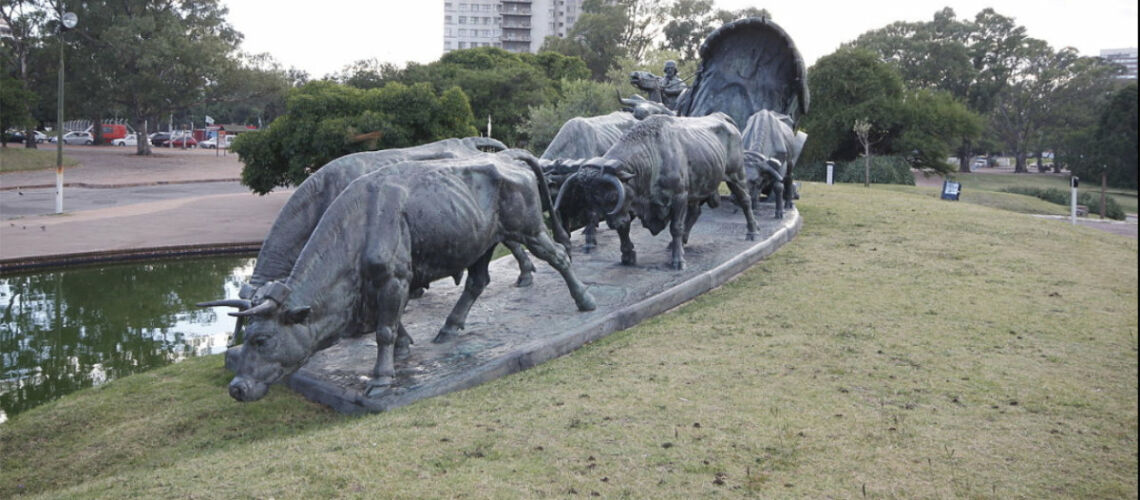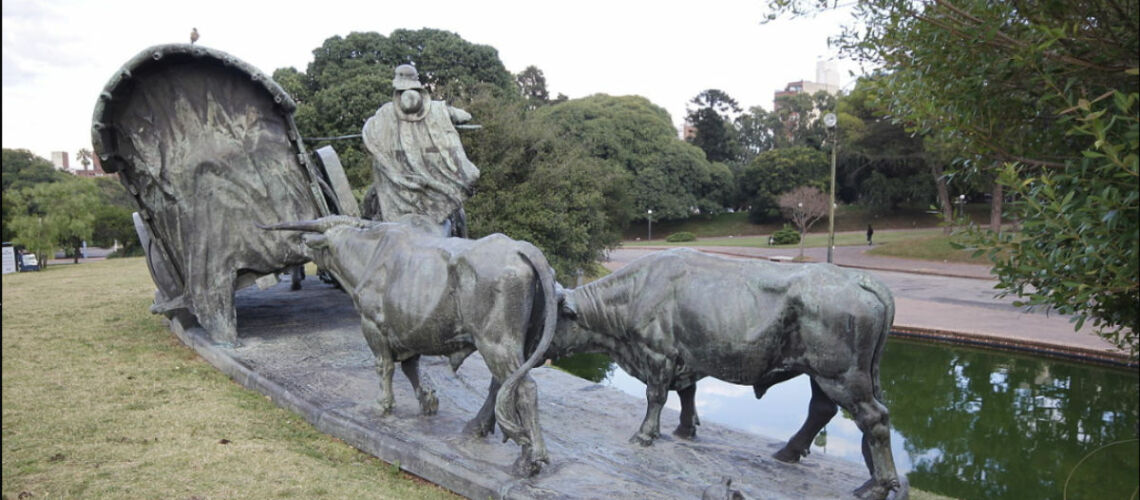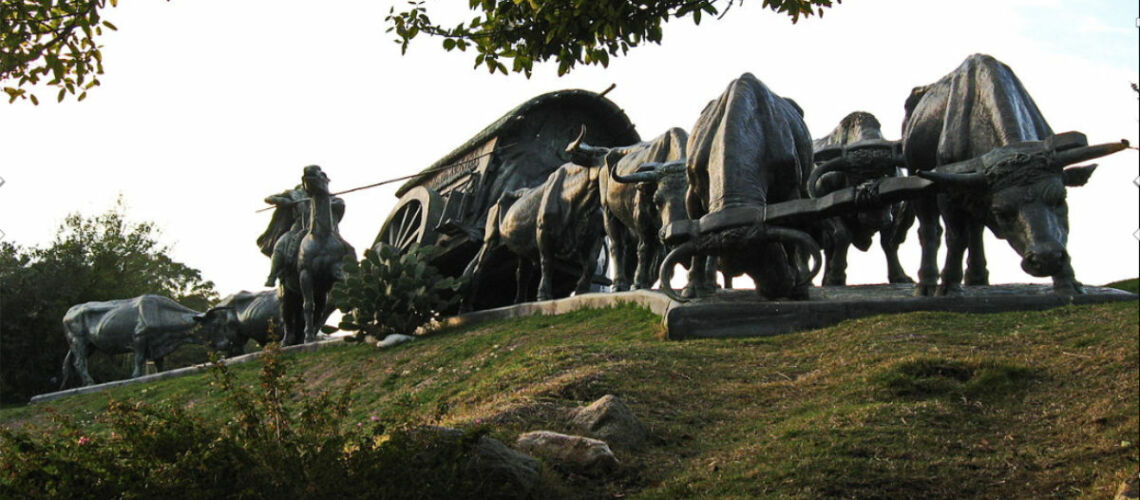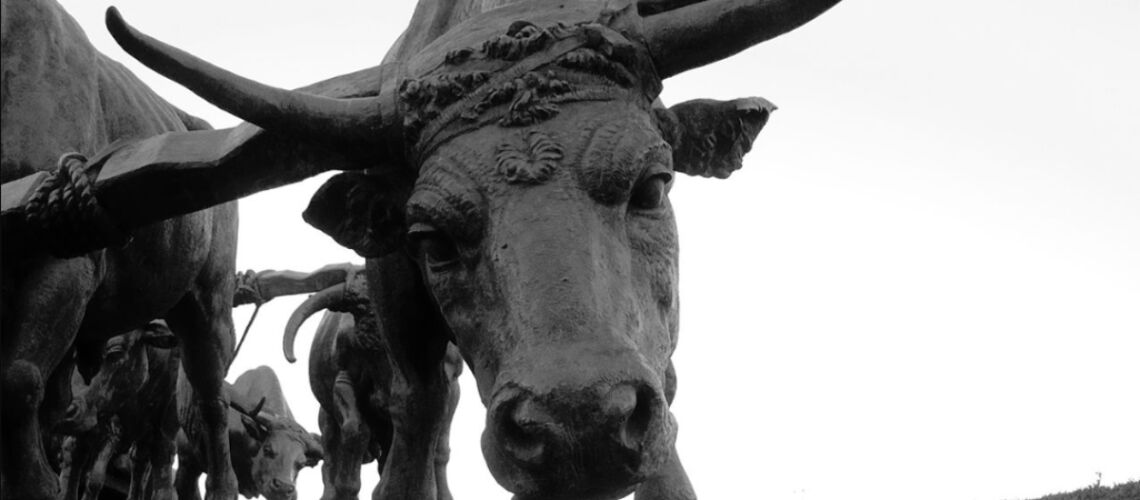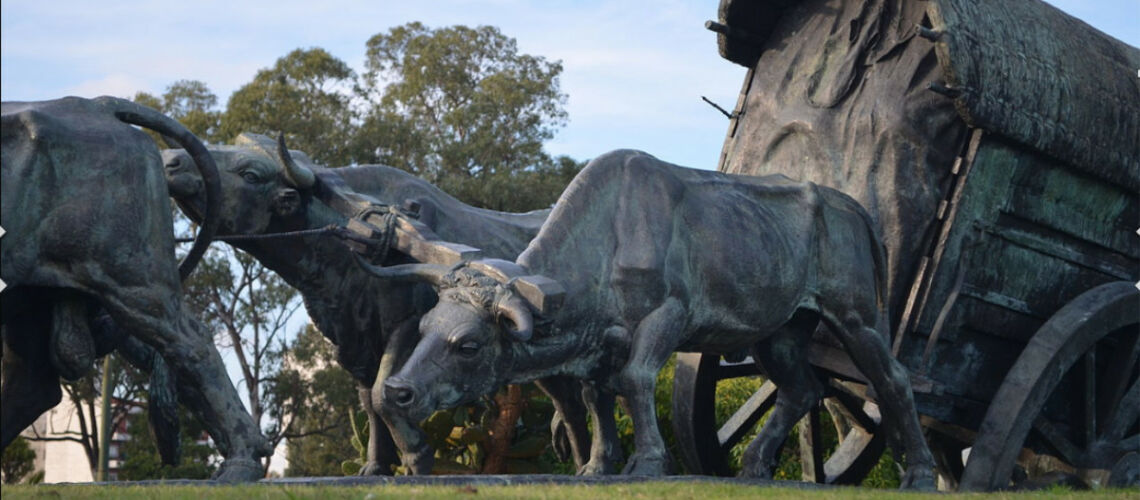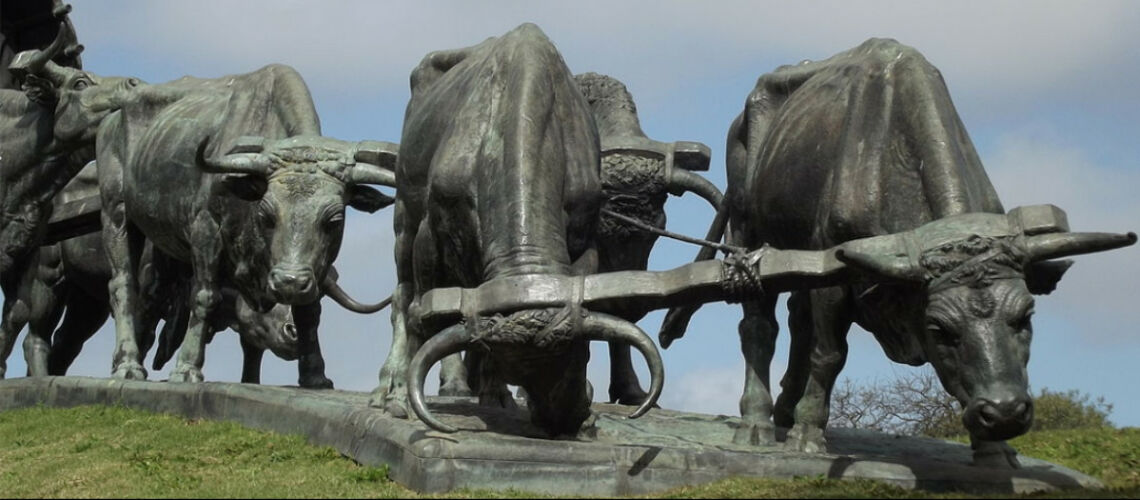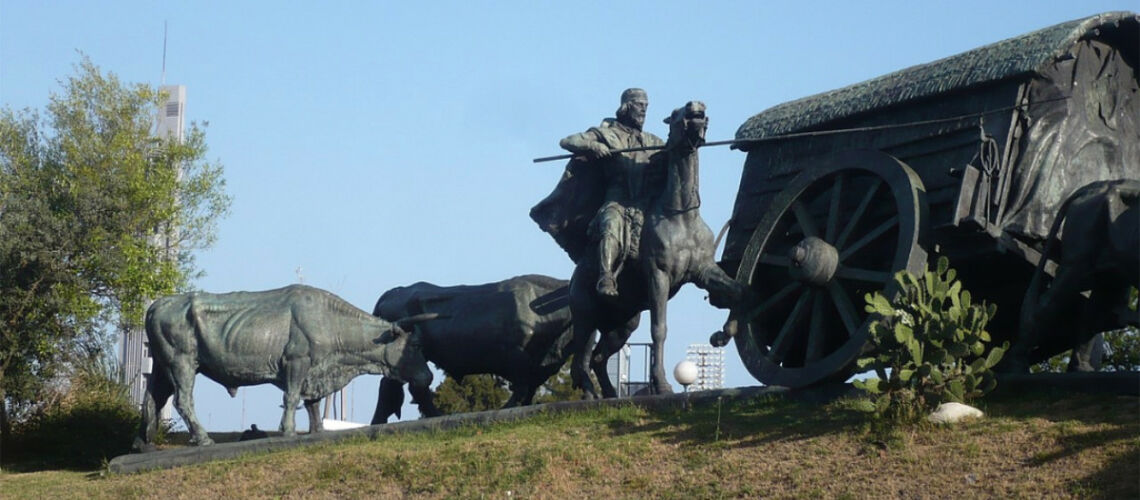Josè Belloni and the "Carreta"
The sculptor Belloni was born in 1882 in Montevideo in Uruguay, from a Spanish mother and a father born in Lugano, who had emigrated to Montevideo in search of work. In 1890 his parents separated, his mother remained in Montevideo while his father returned with his son to Lugano, who attended the Cantonal School of Art here.
He then returned to Uruguay where in 1899 he obtained a scholarship for sculpture, but later left for Europe where he attended the Academy of Fine Arts in Munich, making himself known for his works in much of Europe; he also taught professional design in Ticino, Switzerland.
When the scholarship expired, he returned to Montevideo where he taught at the Circulo de Fomento de Bellas Artes and then became its director in 1914.
l'Archivio Belloni
Unfortunately, the archive of the Ferdinando Marinelli Artistic Foundry was lost in the Florence flood of 1966. No documents remain, except for a few photographs.
That of the “Carreta” is the only pre-1966 work carried out by the Ferdinando Marinelli Foundry of which the original documents (contracts, letters, etc.) of the time still exist, thanks to the Josè Belloni Archive in Montevideo, from which the documents and some photos have been taken for this article.
The "Carreta"
It seems that the sculptor Belloni, in the countryside around Montevideo in Uruguay, saw a traditional “carreta” pass at sunset, fell in love with it, and therefore did research on this old type of means of transport in use since the nineteenth century in the eastern part of Uruguay.
The “carrete” were wagons built entirely of wood, without metal nails, covered at the top by a roof of coarse canvas and horse skin. They were painted in bright colors. On their way they created caravans of many wagons pulled by pairs of oxen that managed to make them pass, very slowly, in extremely inaccessible terrain. They transported, as well as people, skins and other goods to Montevideo, where they were loaded on ships leaving for Europe.
At their side rode the “gauchos” inciting and guiding the oxen.
When the caravan stopped for the night, the wagons became the shelter where travelers slept: in the warm season under them stretched out on skins inside their ponchos, in winter inside the wagon.
Lo Studio dell'Opera
Belloni began to perform, as a rule, a series of sketches to realize and study the dimensions and proportions of the monument, following which he modeled a provisional sketch which he then modified by perfecting it and obtaining for first a three-dimensional plaster sketch complete with the details.
After making the necessary changes to this too, he created the definitive plaster sketch.
It was at this point that he made contact with whoever would enlarge his sketch and with who, once enlarged, would have cast it in bronze in its original size.
Thanks to the interest of the Consul of Uruguay in Italy, Gilberto Fraschetti, Belloni came to Italy in August 1938 to talk about the project to Ferdinando Marinelli Sr., owner of the homonymous foundry.
After being convinced of the working capacity and quality of the castings of the Marinelli Foundry in Florence, it was established that the enlargement would be carried out in the foundry under the control of the sculptor Sirio Tofanari, well known by Marinelli.
The enlargement rules were written in the subsequent contract for the entire process at the Ferdinando Marinelli Foundry, signed in January 1930, as can be read in the enlarged detail of the second page of this contract: to obtain the clay model of the “Carreta” to the original size, Belloni requested enlargement “ai punti” by means of a pantograph to be done inside the Foundry; from what is written, the model he sent to the foundry also appears to be half the size of the original, that is, it had to be doubled.
From the 11-page contract between Belloni and the Ferdinando Marinelli Foundry dated January 2, 1930 (of which the first and last page are shown) some interesting information can be obtained:
the bronze alloy had to be composed of 90% copper and 10% tin; even today the Ferdinando Marinelli Foundry uses this alloy, but in the pre-war bronze statuary was also composed of other metals, such as lead and a small part also zinc, so Belloni’s request was ahead of its time, although this alloy was more expensive than the normal one;
and also required the chemical analysis of the bronze after the castings to ensure the required alloy composition;
both the ox and the horse had to be cast in one piece, which is very difficult given the size; still today there is a tendency to cast pieces of medium size to have a better yield. Incredible that the result was perfect for all the oxen and the horse, as I was told years ago by “Brunino”, the oldest worker who had participated in these castings;
But the even more incredible thing is that the bronze monument, enlargement and transport to Montevideo included, had to be finished and assembled in Montevideo no later than 7 months from the date of signing the contract, with a penalty of 100 Lire for each day of delay.
The fee for all the operations, including the execution of the enlarged model and the shipment to Montevideo was established at 320,000 Lire.
On January 4, 1930, Marinelli sent a letter of thanks to Belloni.
The chemical analyzes of the bronze alloy were carried out by the Fonderia del Pignone, resulting in the alloy being perfectly in tune with the requirements of Belloni and written on the contract.
Some pictures of the “Carreta”
Commemorative medal coined for the inauguration of the Monument
Images of the “Carreta” nowadays

